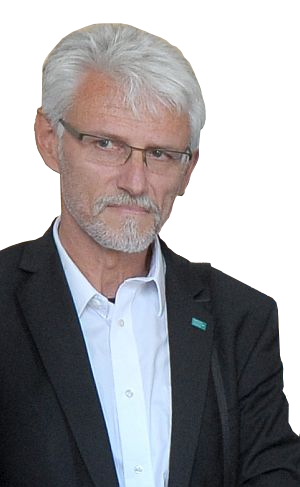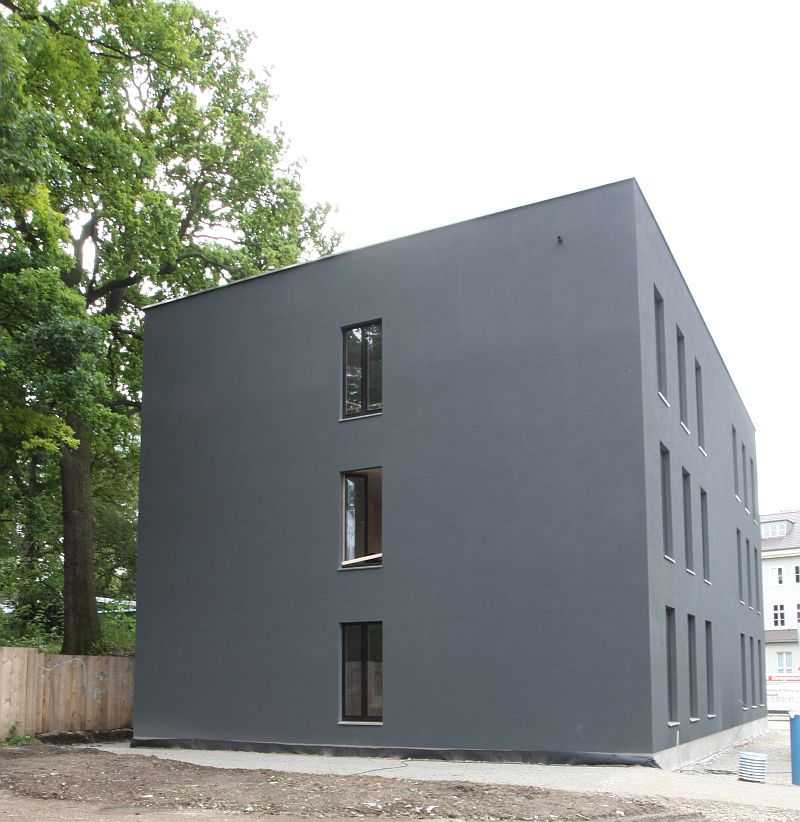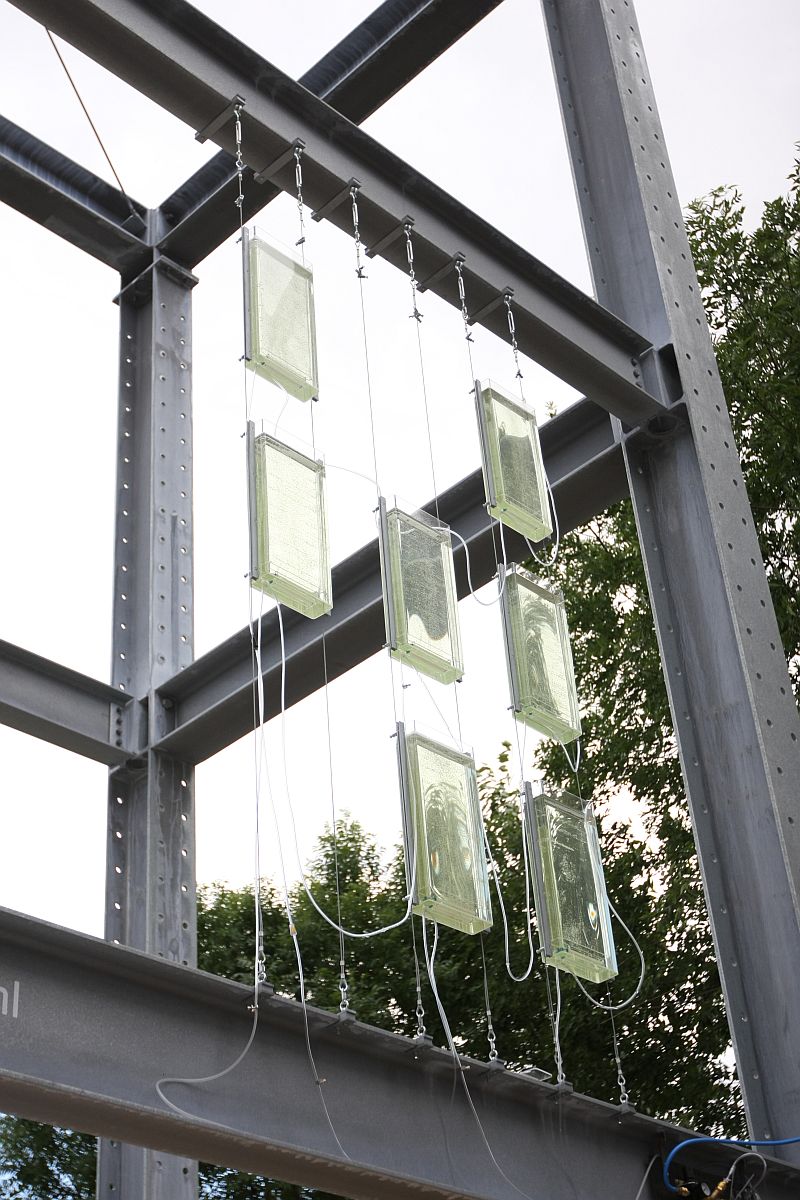
One of the more interesting anomalies about Bauhaus Weimar is that it never had an architecture department. Despite Walter Gropius' desire to unite the arts and crafts with, and in the service of, architecture.
The modern Bauhaus University Weimar does have an architecture department.
A very good and award winning architecture department.
At Summaery 2011 the faculty presented the results of numerous research projects: including, greenhouse - globally the first building constructed from a wood-concrete composite - and a very interesting looking, if difficult to explain, carbon dioxide fixing algal photobiorector designed for use in modular building facades.
We spoke to Professor Bernd Rudolf, Dekan of the Architecture Faculty, about the university's research work, the future of architecture - and that name!
(smow)blog: Looking at the various projects being presented here it is clear that modern architecture isn't just building buildings. What are the principle focuses here at Bauhaus University Weimar ?
Professor Bernd Rudolf : We have two major tendencies here in the faculty. On the one hand we are in the process of extending the area urbanistic. We have recently started a bachelor course, and are hoping that the research interests of those who participate will then fuse together in a coherent network. And the other principle focus of our work is designing with aim of advancing applied research. The first projects in this context are currently taking shape. The first is the greenhouse from Prof Walter Stamm-Teske, with the wood cement composite and the second is the research platform x.stahl where in the future we will showcase all projects that involve applied architecture research, intelligent hybrid materials or energy relevant questions.
(smow)blog: And looking to the future, and in context of the research being carried out here in Weimar. What do you see as the role of architects in the future?
Professor Bernd Rudolf : There is currently a lot of discussion around the question if the classic architect will still be needed in the future. As a designer, I think architects will increasingly give their role as author of the building up to their collaborators, at least in respect of the technical elements of a building. But I believe a construction always needs someone who can moderate and who can act as an interface in order to ensure that the structure in all its complexity can be realised. Such a person will always be needed. And he must be a team player. The star architect who submits his design and then leaves the country and hopes that everything works out as he planned, they are a dying breed. The majority of the students who come to us, come with this image of the star architect as representing the typical career path, but we quickly manage to cure them of that.
(smow)blog: In that respect, looking back has the average architecture student changed over the years, or....?
Professor Bernd Rudolf : It is still that case that they all want to make the world a better place. That remains the principle reason for studying architecture; I want to make the world a better place. Maybe what has changed is that previously the students came with a continuous biography based on experience; nowadays its more a case of a patchwork. They've done this and that, and from this patchwork comes the impulse. They have maybe, for example, spent some time overseas, realised what architecture for a value has there and then want to learn that here.
(smow)blog: Changing the world is maybe a good point to ask, the name Bauhaus in how far is it helpful and in how far is it a handicap?
Professor Bernd Rudolf : I always see it as being very positive. I think we have established here a college just as Walter Gropius would have wished. In terms of construction we currently have a complexity here far greater than that during Gropius' time. I think that through the exchange between designers, media professionals, computer professionals and engineers the circle closes itself and we now have this complex knowledge base here. Technically what we have here is a realisation of Gropius' idea of art and technology: that may sound banal, it is a lot more. But maybe Gropius knew that it would so come, that one needed other disciplines, would need to engage the other disciplines, to be able to correctly order our complex world.

